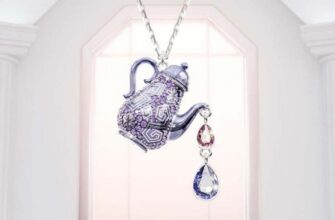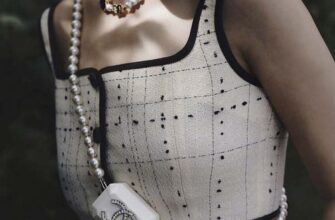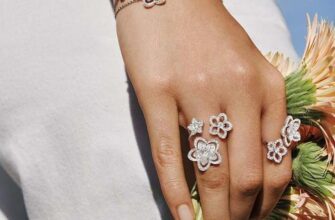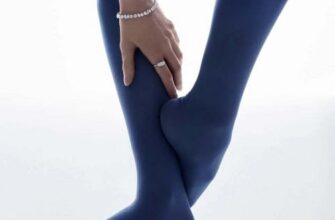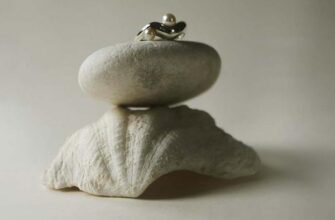Diamonds have a special place among other gemstones for their durability, crystal clarity and extraordinary radiance. However, not every specimen, like any material of natural origin, can boast of ideal characteristics. To evaluate diamonds, jewelry experts use a special system "4C", with the help of which four main criteria are considered that affect the value of a mineral: cut, clarity, color and weight. Let's take a closer look at each of them.

Diamond cut
Before a diamond becomes a diamond and takes its place in a piece of jewelry, the jeweler gives the gem a shape and, during the grinding process, applies facets or facets to its surface in order to maximize the best properties of the mineral, such as shine, “play” and shade.
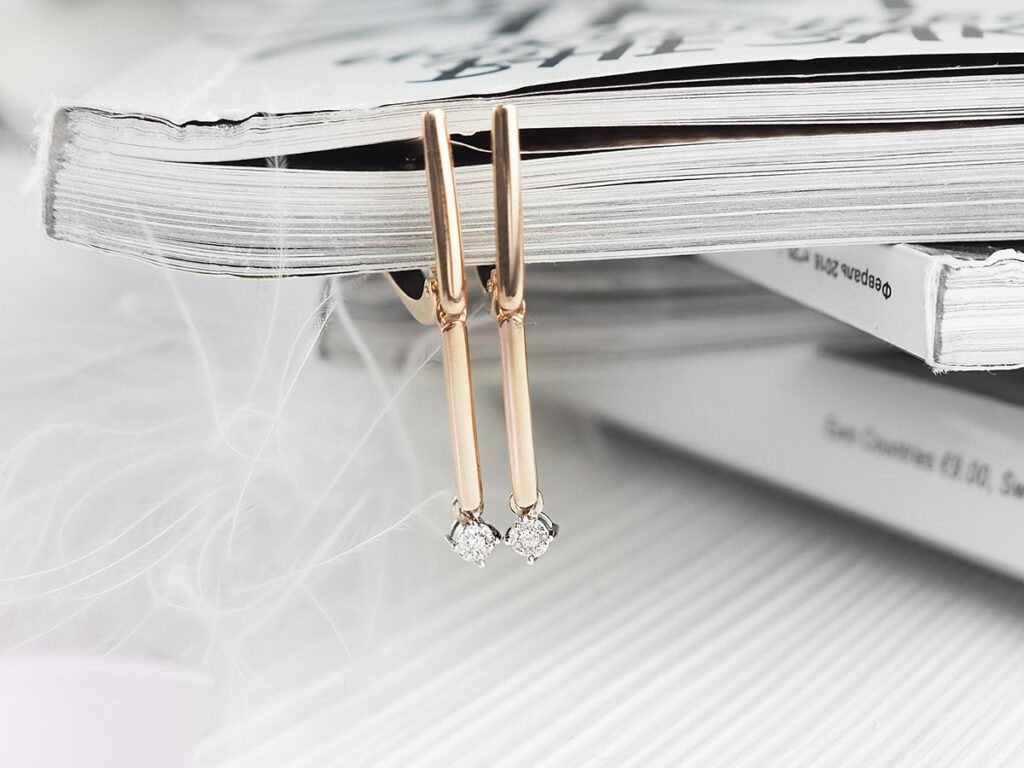
The decision about which shape will be cut is made based on the preferences of the jeweler and, of course, the natural shape of the precious crystal.
Starting from the 57th century and to this day, the most popular type of cut is the "brilliant" cut, proposed by Marcel Tolkowsky and numbering XNUMX facets. It is this cut that helps to best reveal the jewelry properties of a round crystal, and give jewelry with diamonds a special charm and radiance.
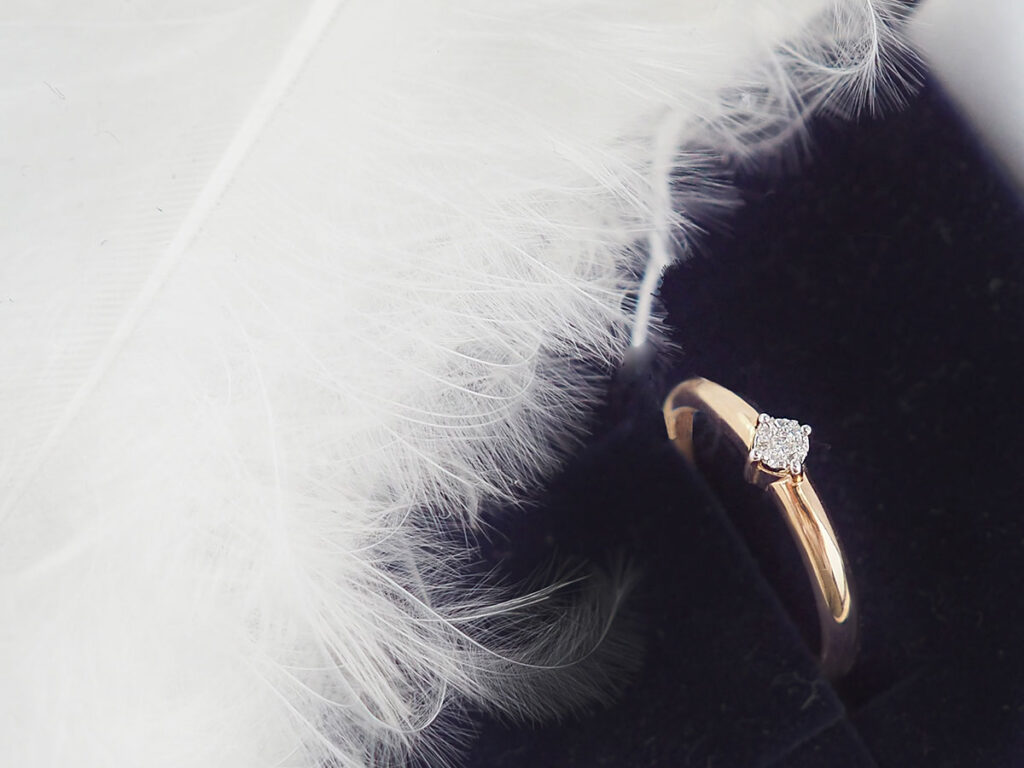
For medium-sized minerals (less than 0,03 carats), jewelers use a simplified cut of 17 facets, and for larger diamonds a "high-light cut" with 74 facets, "royal" with 86 facets or "majestic ”In 103 facets - the cost of such a copy reaches several million.
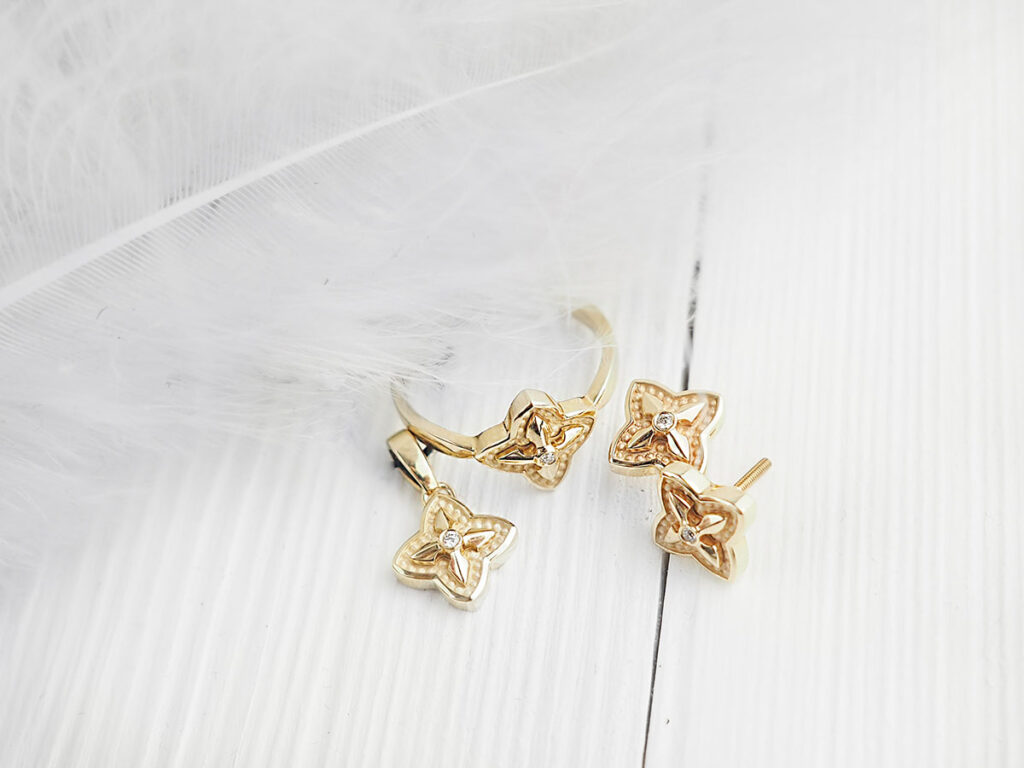
The quality of the cut, which describes the size, position, proportionality, symmetry and polishing of the facets, affects not only the appearance, but also the value of the future diamond. The better the quality, the lighter the shade and the brighter the “game”.
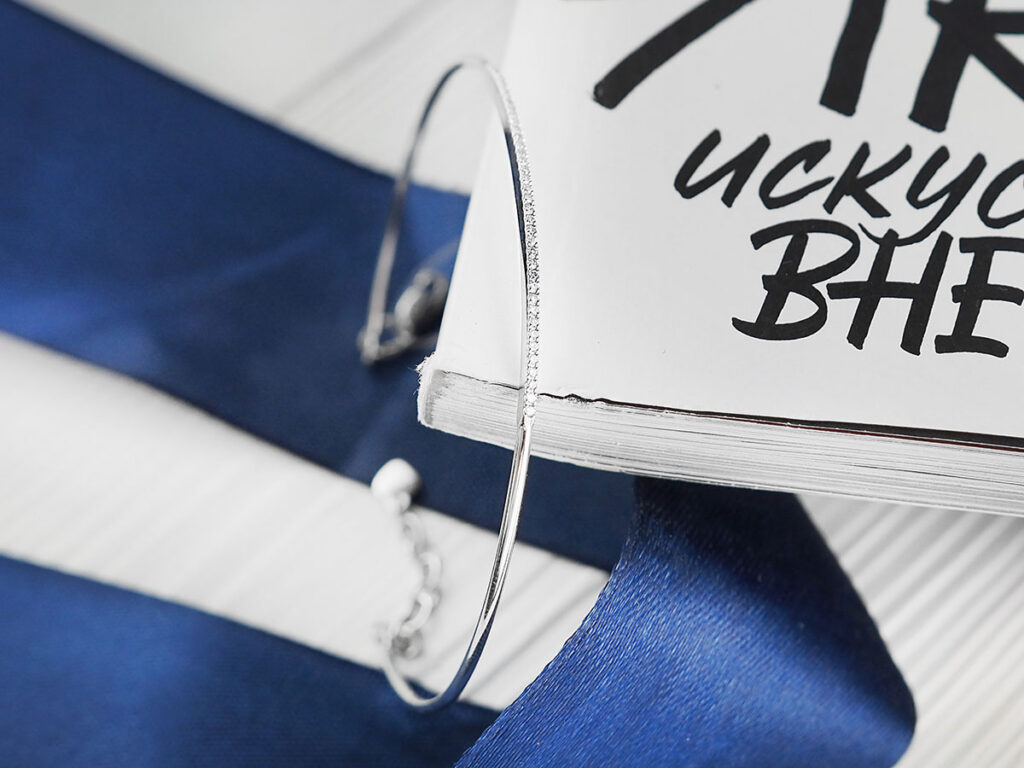
At the same time, there is also a "commercial" cut, which is based on the desire to minimize the weight loss during processing (with proper processing, 50-70% is lost).

As a result, the proportions are violated, the color becomes dull, and the gloss is less bright. The difference can also be seen when looking at the diamond from above using a special magnifying glass - for gems with the correct cut, you can see a clear pattern of intersecting squares and "arrows".
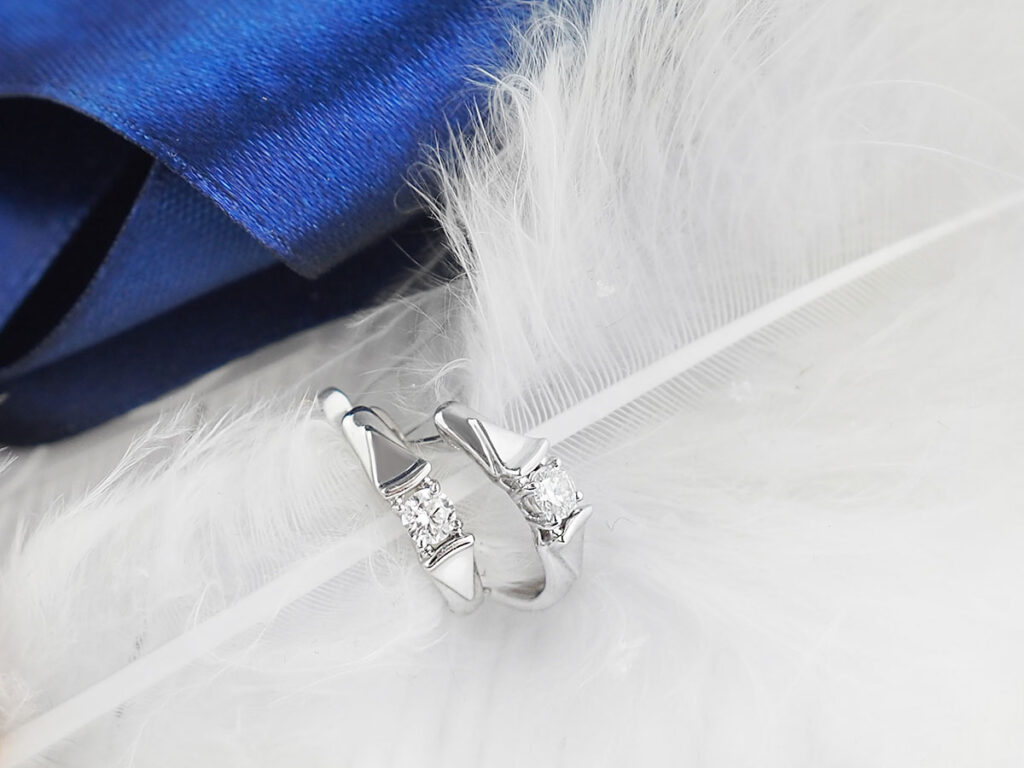
Color
The shade of a diamond depends on the presence of chemical impurities in its structure - the higher the percentage, the more intense the shade of the precious stone. The most valuable are absolutely transparent, colorless minerals. These are extremely rare in nature, hence their high cost.
At the same time, diamonds also come in rich, intense shades (pink, blue, red, green, orange, black and others); they are usually called fancy. These look especially impressive in jewelry designed for evening outings.

Most often, you can find crystals with yellowish and grayish tints, they are of less interest to jewelers and significantly reduce the cost of jewelry.
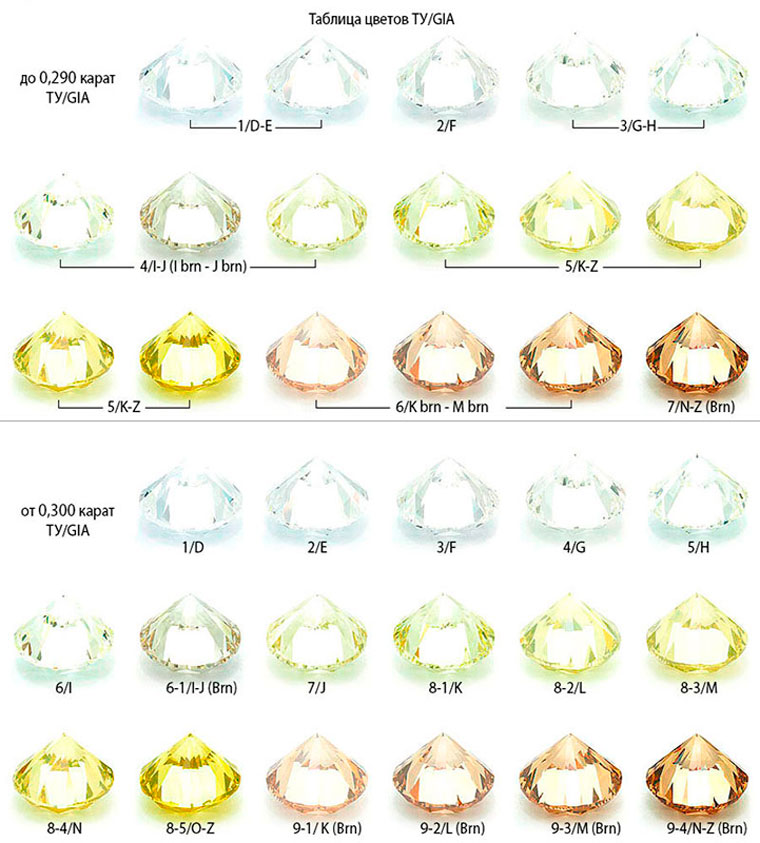
Cleanliness
Most of the diamonds used in jewelry were formed in the earth's mantle between 1 and 2,5 million years ago, during this vast time period the conditions in which the minerals were formed (temperature and pressure) changed, affecting their quality.
The clarity indicated on the tag, for example, of diamond earrings will tell about the level of transparency of the crystal, the absence or degree of defects, and also show how smoothly the beam of light passes through the stone, reflects from its inner faces and scatters.

The clarity of a gem is usually assessed with a 10x magnifying glass. When examining a jewelry tag, pay attention to the numbers - the lower they are, the purer the crystal. The characteristic is usually indicated after the color of the crystal, for example, "1/2", where 1 is the color of the mineral and 2 is its purity.
Purity, indicated by 3, means that this is an ideal mineral without any defects. However, the presence of minor flaws is not a reason to refuse a purchase! A clarity from 6 to XNUMX is acceptable, since it is almost impossible to determine the presence of inclusions in diamonds of these groups by eye.

Size and weight
In ancient times, the weight of precious stones was determined using the seeds of certain crops. Today the weight of diamonds is measured in special units - carats. One carat of the mineral corresponds to 0,2 grams. Diamonds weighing up to 0,3 carats are considered small, from 0,3 to 1 carat - medium, from 1 carat and above - large.
There is a relationship between the weight and size of diamonds. The easiest way to determine the number of carats for round diamonds is by measuring the diameter of the stone.
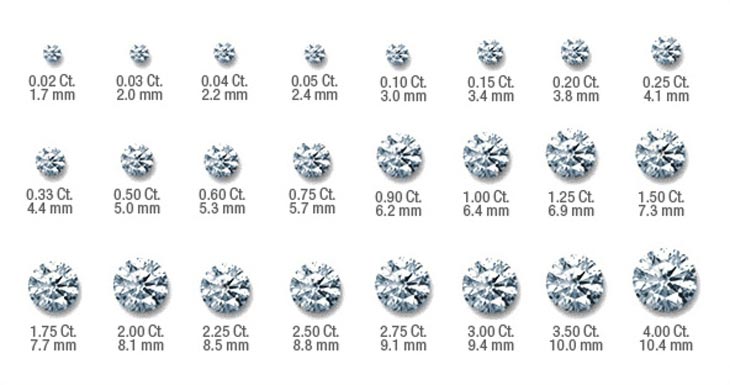
By the way, the approximate cost of a stone can be determined using the "Tavernier rule": the square of the mass in carats is multiplied by the base price of one carat.


